 Written by Heather Collins, MSN, RN, CNOR
Written by Heather Collins, MSN, RN, CNOR
Every day, an older adult over the age of 65 experiences a fall in the US, making it the leading cause of injury and injury death among the elderly. Falls can happen to people of all ages, but the likelihood and severity of injury increases with age. In fact, over 95 percent of hip fractures result from falls. Other common fall-related injuries include head trauma and broken bones in the pelvis, spine, forearm, and shoulder. Falls can be a turning point in a senior's life, taking away their mobility and independence. However, it's important to note that the majority of falls can be prevented.
Research has shown that making some simple home modifications like installing specific lighting can help to prevent slips, trips, and falls for the elderly and anyone else residing in the home. As the trend for older adults aging in place at home continues to grow, it has become more important than ever to ensure that you or a loved one is using good lighting to help prevent falls at home. Please read on to learn more about safety lighting for the elderly and how it can make your home safer and more accessible for everyone.
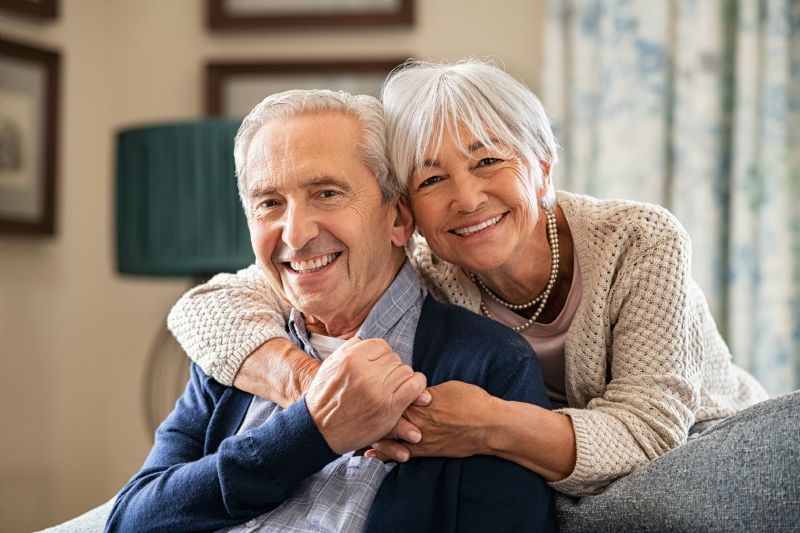
Poor lighting is one of the major contributors to falls among the elderly population, making it important to identify and address underlit areas in their living environment. Installing proper lighting is a crucial step in creating a safer home, as it reduces obstacles to mobility and promotes participation in daily activities among older adults. As aging affects our abilities, seniors may feel more unsteady on their feet and have a heightened fear of falling, leading to decreased activity, social interaction, and participation. Proper lighting can help alleviate these concerns and improve their quality of life.
Lighting modifications can help prevent this functional decline, while the increased light can also help with elderly depression and anxiety. In addition, older adults tend to have a higher chance of developing some form of vision reduction like macular degeneration by the time they reach the age of 65. Low vision, peripheral sensory impairments, posture control, ambulation, and the age-related sensitivity and decline of light to the retina all require higher light intensities to make our living spaces safer.
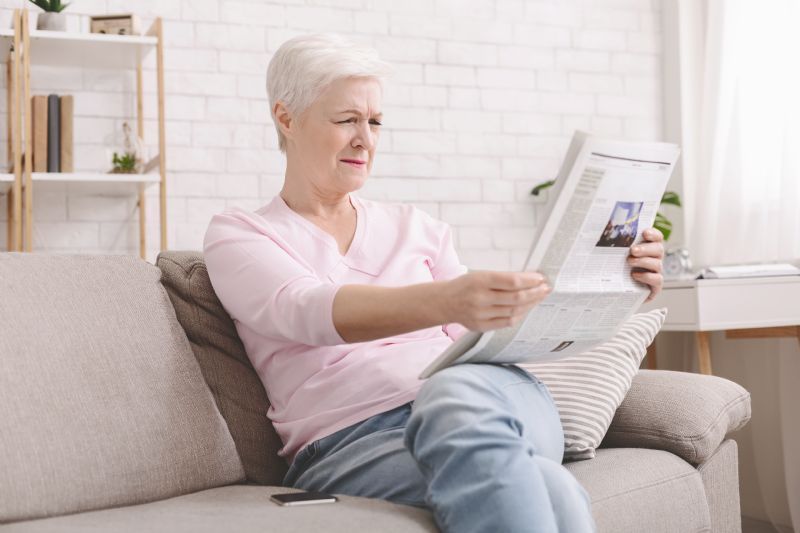
Over the past decade, the number of older adult fall deaths has increased by 59 percent, with emergency room visits from elderly falls - up 19 percent. You can ensure you don’t add to these statistics by installing proper lighting throughout your home’s interior and exterior. Because we all need brighter lights to help us see better as we age, using the right kind of safety lighting can make all the difference between seeing and not seeing for older adults. We list some options below.
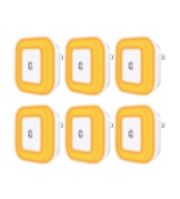 | Amber Light Night Lights - 6-Pack View Product |
Helping to prevent injuries and falls during nighttime hours, night lights provide a simple, practical way to optimize safety for older adults. Available in a wide array of design options from simple plug-in models to comprehensive patient monitoring systems, the best night light system provides visual cues and low ambient illumination without disrupting the user’s sleep. Older adults typically use the bathroom at least twice every night, making this nightly task the most significant fall risk. Lighting interventions like amber night lights offer gentle lighting for visibility and safety, eliminating the energizing and brighter blue spectrum light best used during the day.
Recommended: Amber Light Night Lights and TEQ-Light Smart Night Light Patient Monitor
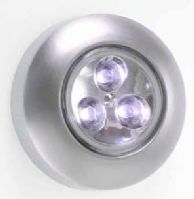 | Battery Operated Touch LED Lights View Product |
Optimize accessibility to turning the lights on with touch-based light switches and lamps. Requiring only a simple touch, these adapted lights make it easier for older adults to operate, especially when they have lost finger flexibility or live with arthritis. Other options include light sources you can control with a clap or the sound of the user’s voice and motion-activated lights that automatically turn on when they sense the user moving around. Useful anywhere inside the home, touch lights and other light sources designed with alternative ways of switching them on and off are ideal for seniors with limited mobility.
Recommended: Battery Operated Touch LED Lights
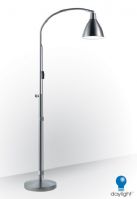 | Daylight Flexi-Vision LED Swivel Floor Lamp for Low Vision Users View Product |
Utilizing brighter, high-intensity, blue-enriched white light during the daytime hours or in areas that don’t get much natural light helps to significantly increase visibility for older adults living with low vision. Because they’re on the cooler side of the color spectrum, LED lights are generally very bright and have been shown to reduce fall risks in long-term care settings. Offered in various formats to suit different applications, the bright bluish lights help offset the yellowing visual tint we often develop as we get older, boosting the ability to see more clearly.
Recommended: Daylight Flexi-Vision LED Swivel Floor Lamp for Low Vision Users
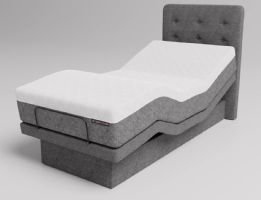 | Dawn House Adjustable Smart Bed for Home Care - Free White Glove Delivery View Product |
More convenient than night lights, some beds come with built-in lighting systems under the bed that automatically turn on when the user puts their feet on the floor. Highly beneficial for seniors living with dementia and other memory challenges, this motion-sensitive system uses gentle, ambient light that is non-disruptive and unintrusive. You can also attach under-bed lighting kits to your existing bed, or use low-intensity LED light bars or light strips under the bed along with attaching them to door frames. This motion-sensitive lighting can help older adults maintain postural stability and prevent falling during nighttime movement.
Recommended: Dawn House Adjustable Smart Bed
~42.jpg&newwidth=365&maxheight=200) | Hands-Free Task Light - Beam N Read Low Vision Lamp View Product |
As a must-have for older adults, task lamps and super-bright desk lamps provide specialized, focused lighting that makes it easier to perform and engage in certain activities of daily living. Often designed with high-intensity LED bulbs and other full-spectrum lights, these versatile lamps come in a variety of sizes and configurations to suit a variety of applications. Magnifying lamps come with built-in magnification that’s conveniently hands-free so users can focus on map-reading, sewing, and other crafts and hobbies. Task lighting can be adjusted and re-positioned to illuminate exactly where you need the light, while other super-bright lamps are specifically configured as desk lamps, table lamps, or floor lamps to suit the specific needs of each user.
Recommended: Hands-Free Task Light - Beam N Read Low Vision Lamp
Fall rates are particularly high among older adults, incurring significant adverse outcomes such as injuries, hospitalizations, and deaths. Even when they’re not associated with momentous trauma, experiencing a fall can progress to the fear of falling. Seniors who have fallen may start to avoid any movement, resulting in functional decline and a diminished quality of life.
It’s important to note that falling is not an inevitable result of aging and instead, evidence-based fall prevention home modifications like using safety lighting can greatly diminish fall risks for the elderly. In this article, we explained the ways that both bright light and ambient light can reduce falls, along with the variety of lighting devices that are typically used for effective fall prevention.
Thank you for taking the time to illuminate yourself about safety lighting for the elderly. We invite you to check out more of our helpful and educational articles at Caregiver University.

Heather Collins, MSN, RN, CNOR
Heather is a registered nurse and freelance health writer with a Master's degree and over 24 years of nursing and leadership experience. Heather cares for patients of all ages in various healthcare settings, including inpatient acute care nursing, GI procedural nursing, cardiac lab, infertility clinics, pediatrics, and surgical services. Heather is dedicated to providing high-quality care and sharing reliable, evidence-based information that empowers people to make informed decisions about their and their loved ones' health.